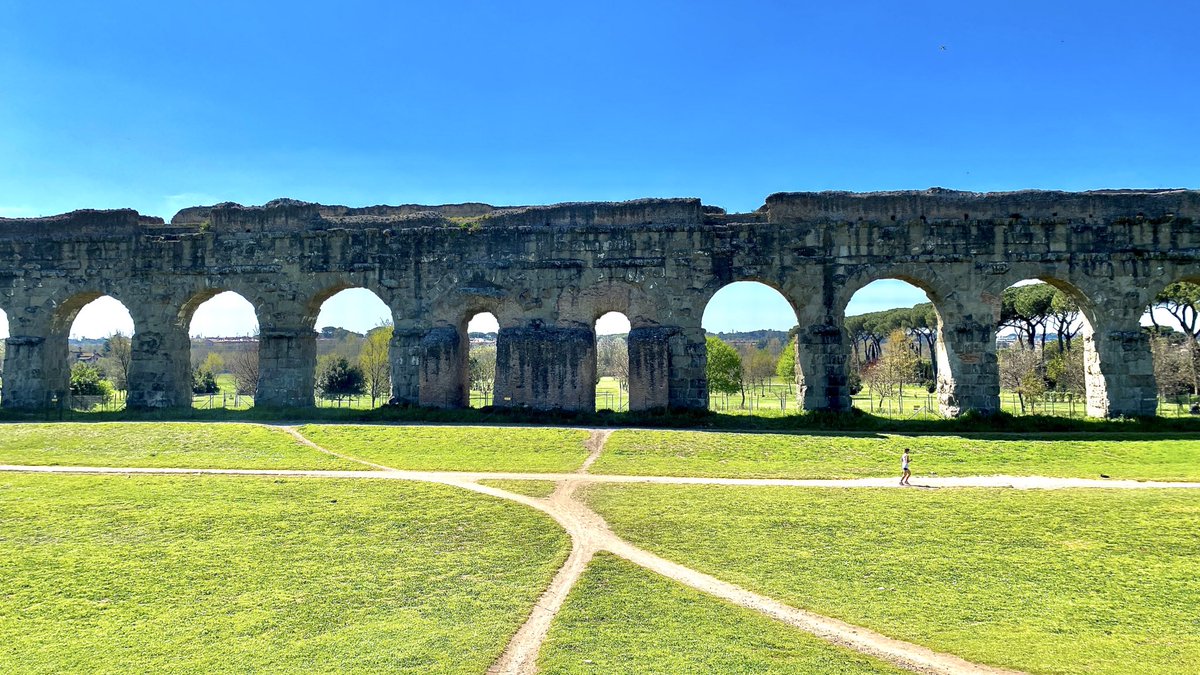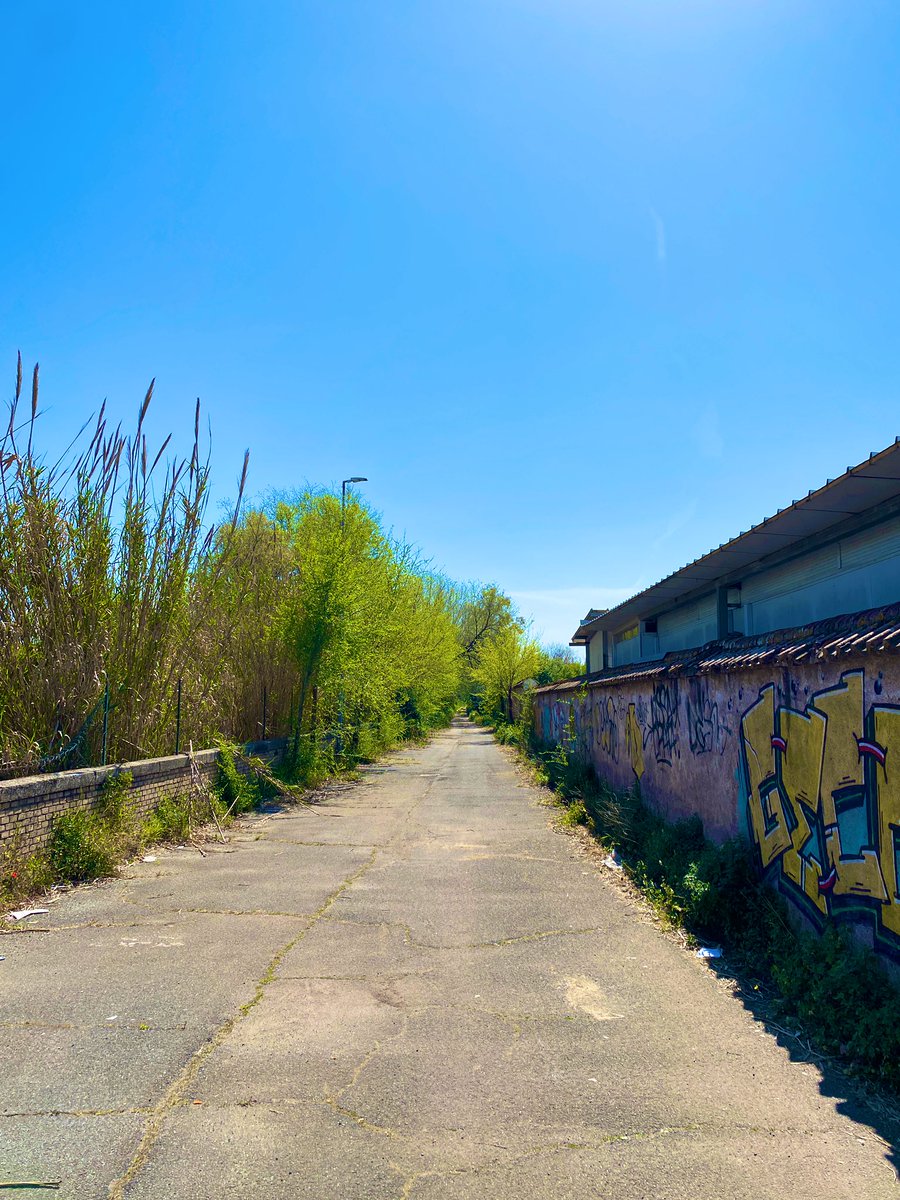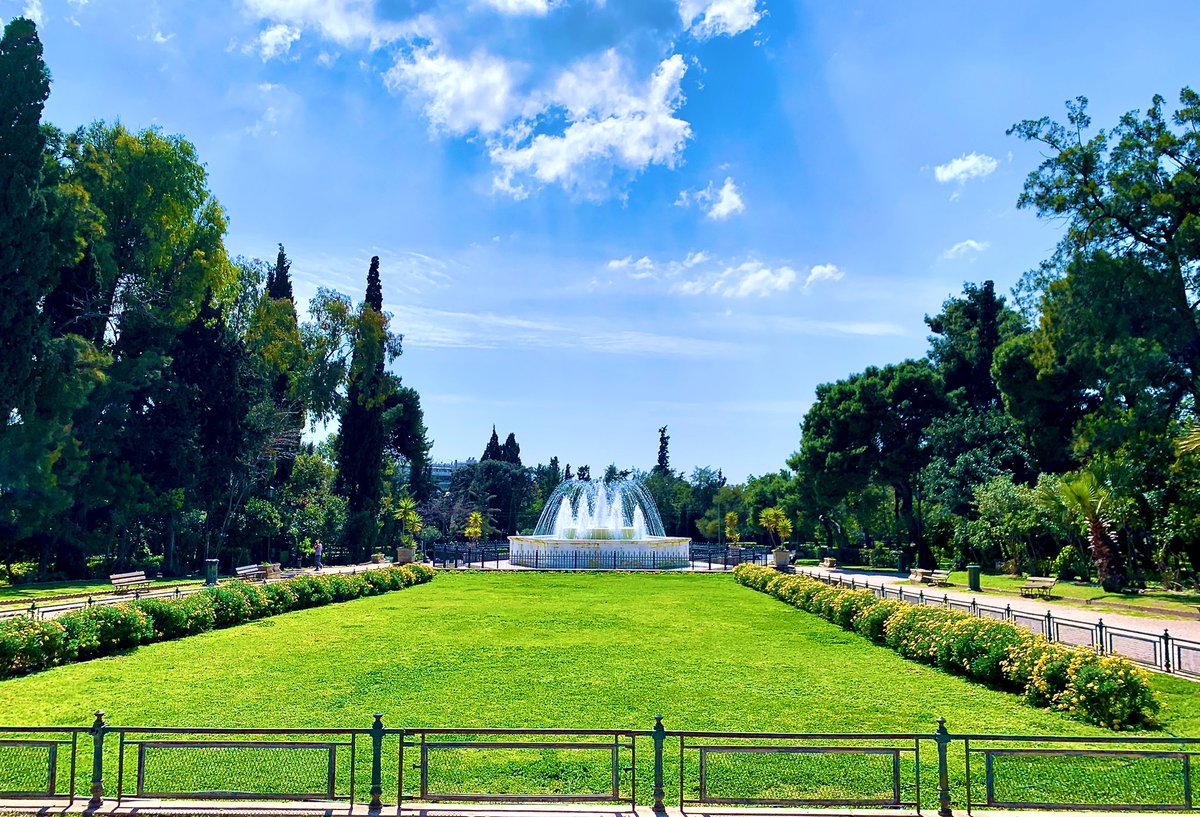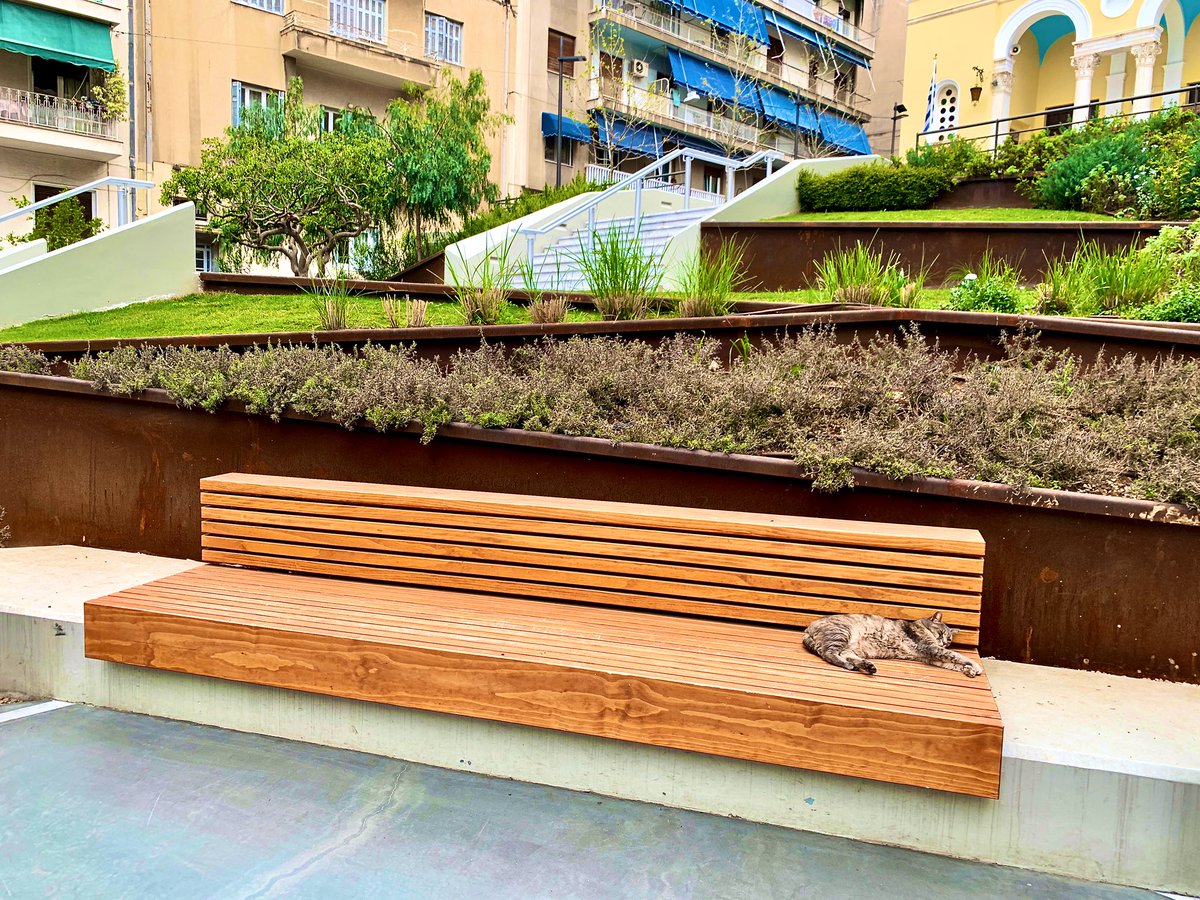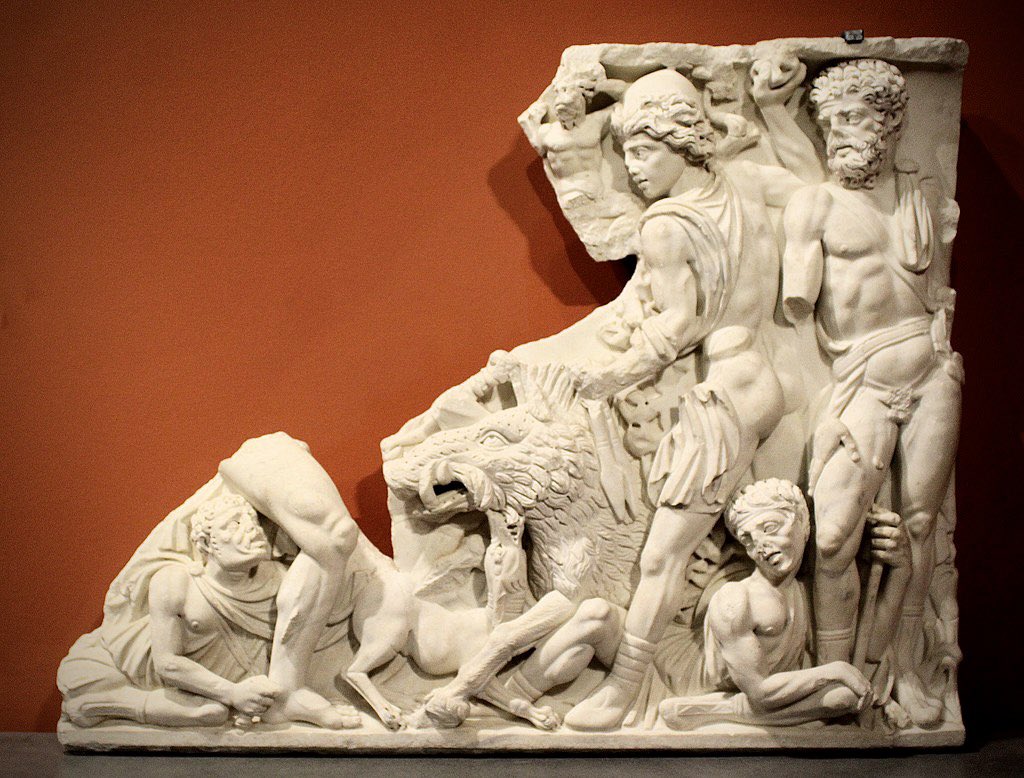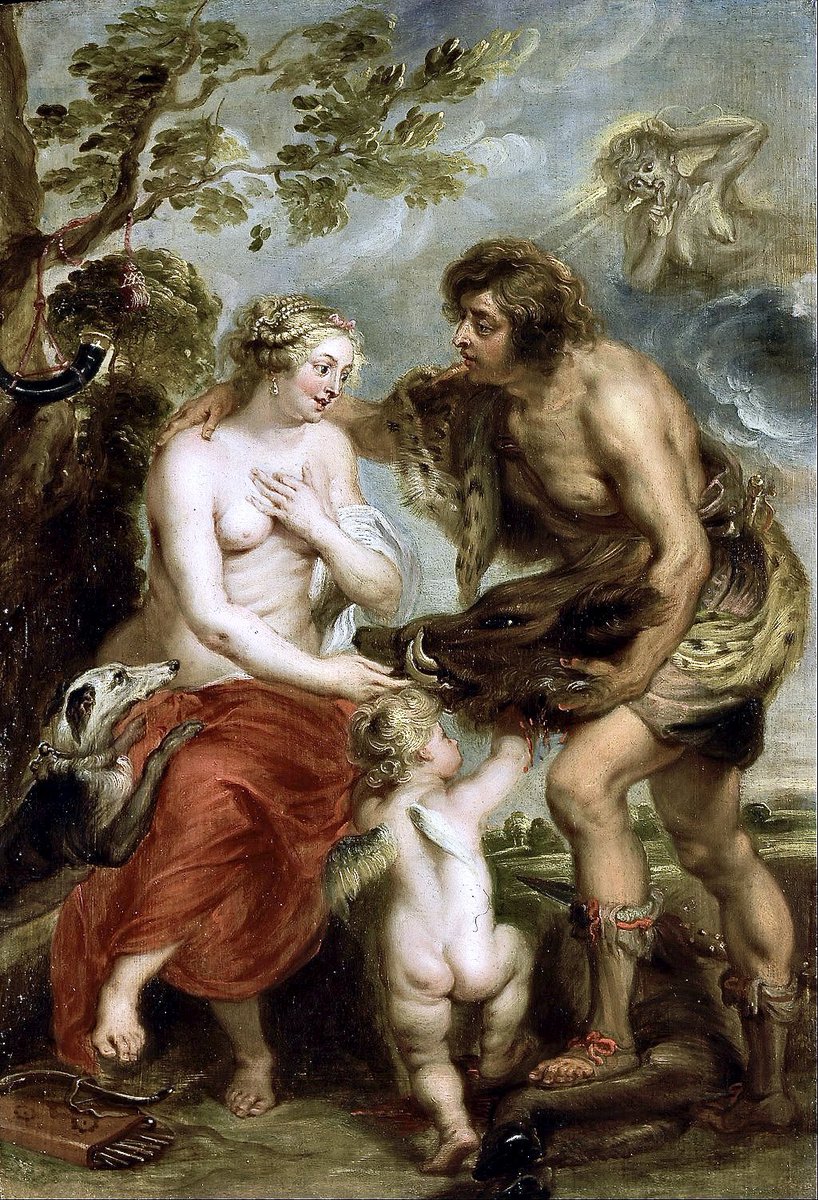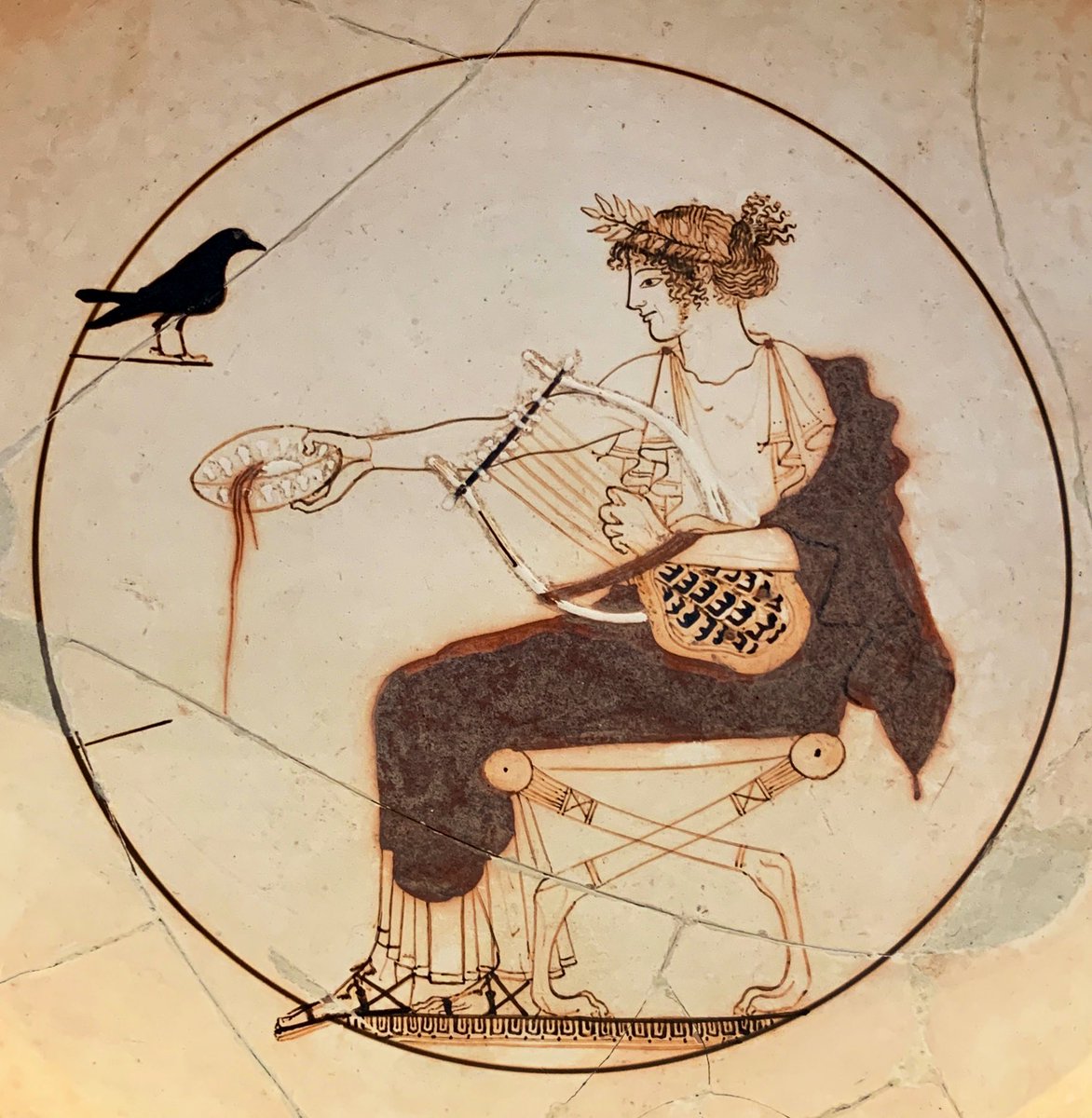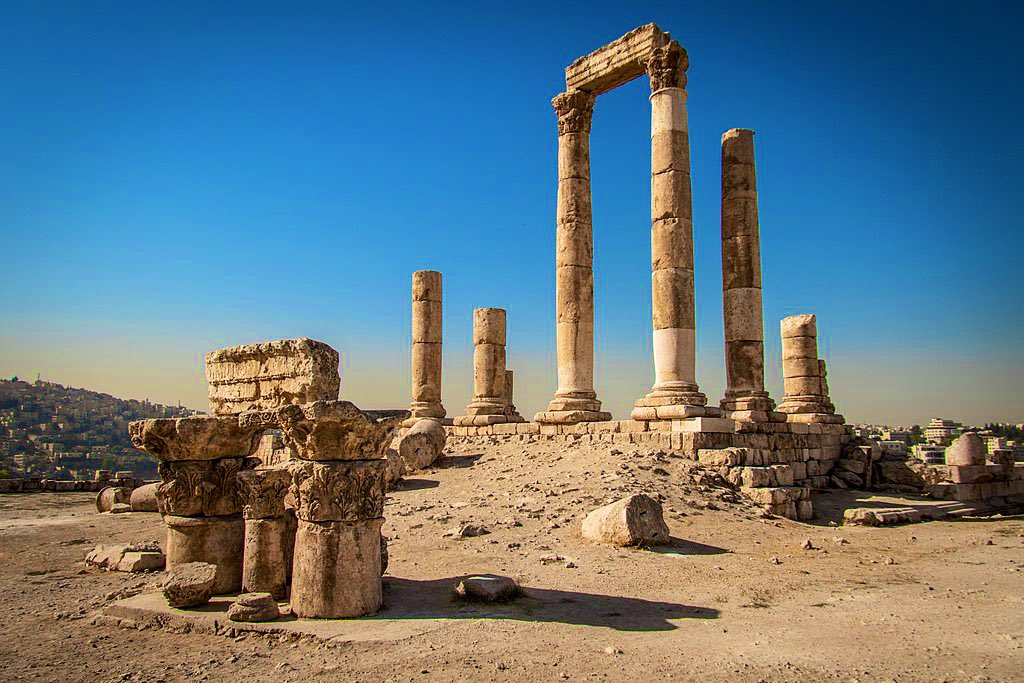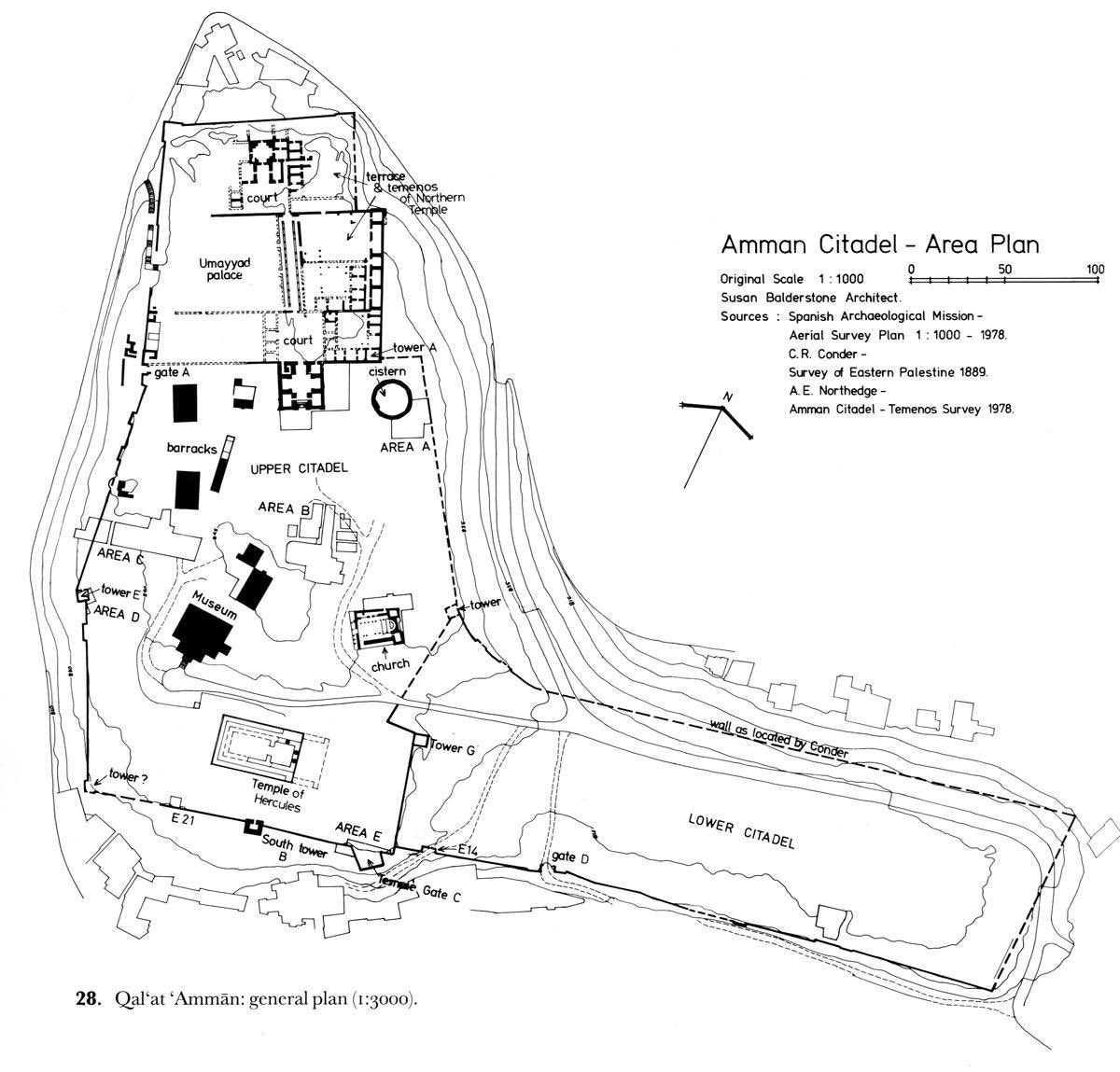
For 2,300 years, aqueducts have carried fresh running water to the city of Rome. You know these marvels of Roman engineering as long arched bridges or underground tunnels, but what are they like on the inside?
Let’s climb into the Aqua Traiana! 🇮🇹🏛⛲️
1/9
#rome #Archaeology

Let’s climb into the Aqua Traiana! 🇮🇹🏛⛲️
1/9
#rome #Archaeology


2/9 Unlike the other aqueducts in Rome, the Aqua Traiana begins at the volcanic Lago Bracciano to the city’s northwest.
Commissioned by the emperor Trajan, the 33km aqueduct began delivering water to Rome in 109 CE, an event that was commemorated on one of Trajan’s coins!


Commissioned by the emperor Trajan, the 33km aqueduct began delivering water to Rome in 109 CE, an event that was commemorated on one of Trajan’s coins!



3/9 The aqueduct brought water to Rome’s Janiculum hill, where it powered a series of industrial water mills & public fountains.
After centuries of neglect, Pope Paul V renovated the aqueduct in 1612. The spectacular Fontanone celebrates this return of clean water on the hill!
After centuries of neglect, Pope Paul V renovated the aqueduct in 1612. The spectacular Fontanone celebrates this return of clean water on the hill!

4/9 A section of the Aqua Traiana that was not incorporated into the 17th c. renovations runs directly under the @AmAcademyRome.
Let’s climb down with @lclancaster14 and see what Roman plumbing was like two millennia ago!
Let’s climb down with @lclancaster14 and see what Roman plumbing was like two millennia ago!

5/9 Unlike the long vaulted bridges that come to mind when you think about aqueducts, this section of the Aqua Traiana was built by cutting into the local bedrock & building a watertight channel.
With its vaulted ceiling, the tunnel is even large enough to stand in comfortably!
With its vaulted ceiling, the tunnel is even large enough to stand in comfortably!

6/9 The walls were built with opus reticulatum, a technique of ancient Roman bricklaying that resembles the patterns of a net. Atop this, a thick layer of watertight concrete made from volcanic ash, broken pottery, and stones was applied to keep the tunnel flowing smoothly! 


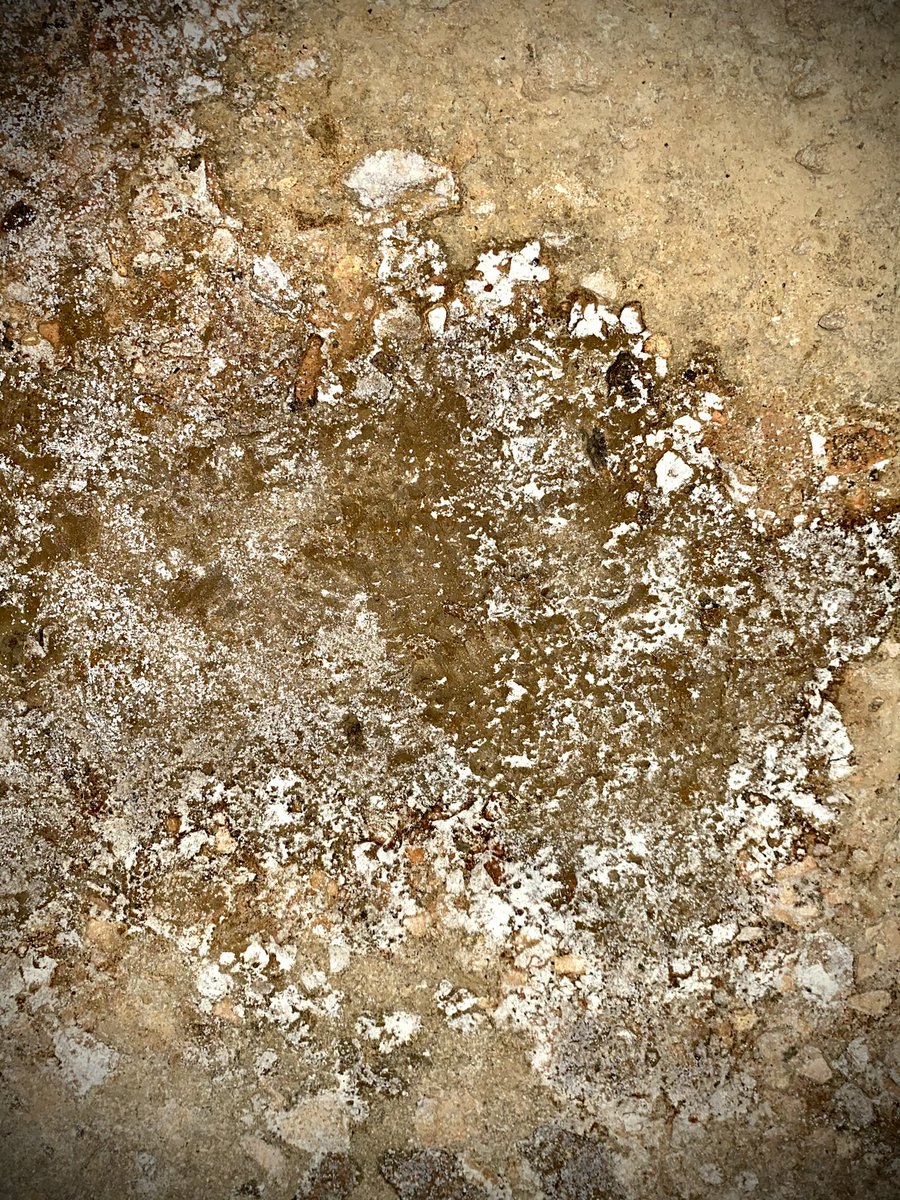
7/9 Over time, construction on the Janiculum cut through this defunct section of aqueduct. One end is bricked shut while a section of much more modern plumbing runs right through the Aqua Traiana! 



8/9 It may not look like it, but this section of the Aqua Traiana is one of the best preserved pieces of ancient aqueduct in all of Rome! From its amazing architecture, preserved plaster, and beautiful brickwork, it’s a textbook example of Roman engineering. 
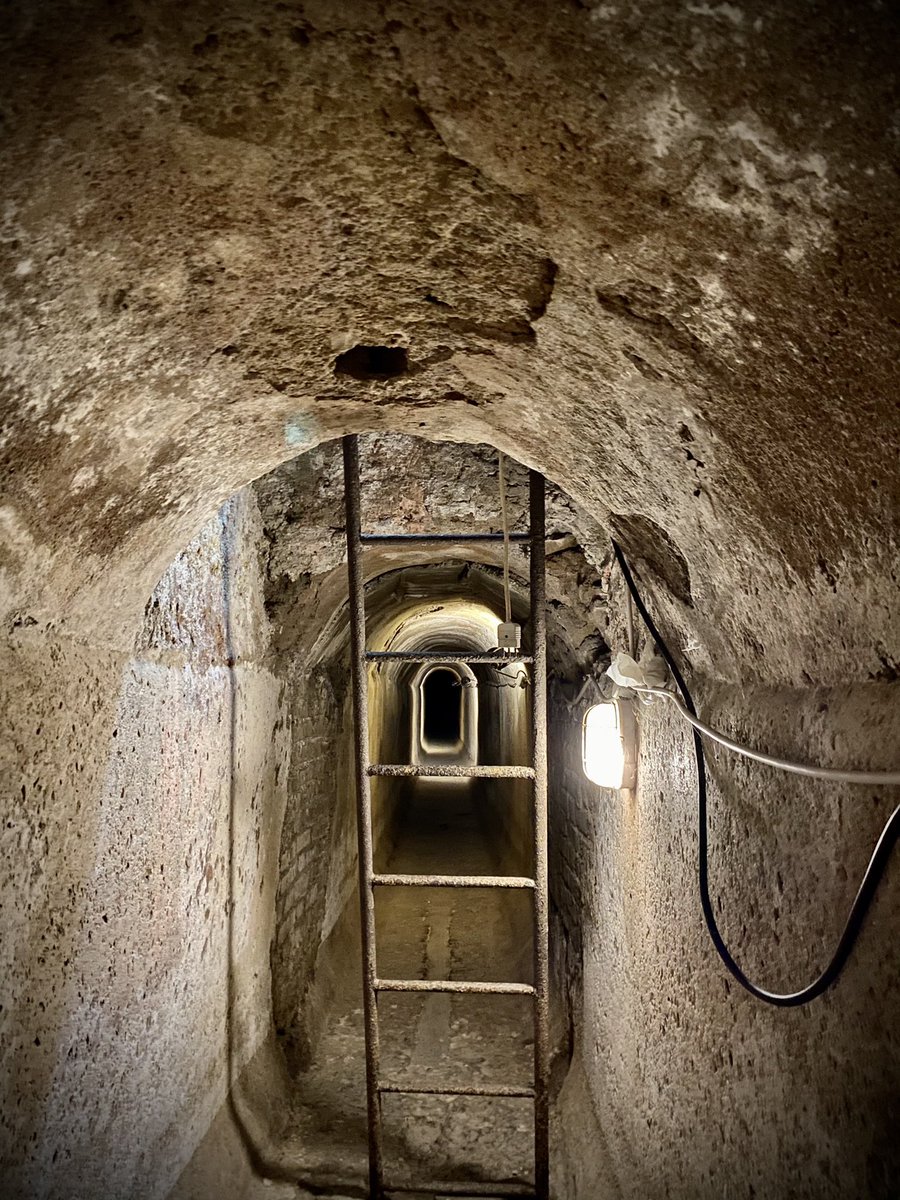
9/9 Next time you’re visiting one of Trastevere’s beautiful fountains or sipping cool water from a nasone, think about the 2,000 years of waterworks that make it all happen!
From the Emperors & Popes, to Bernini & beyond, there’s a lot of history behind this area’s H₂O!💧


From the Emperors & Popes, to Bernini & beyond, there’s a lot of history behind this area’s H₂O!💧
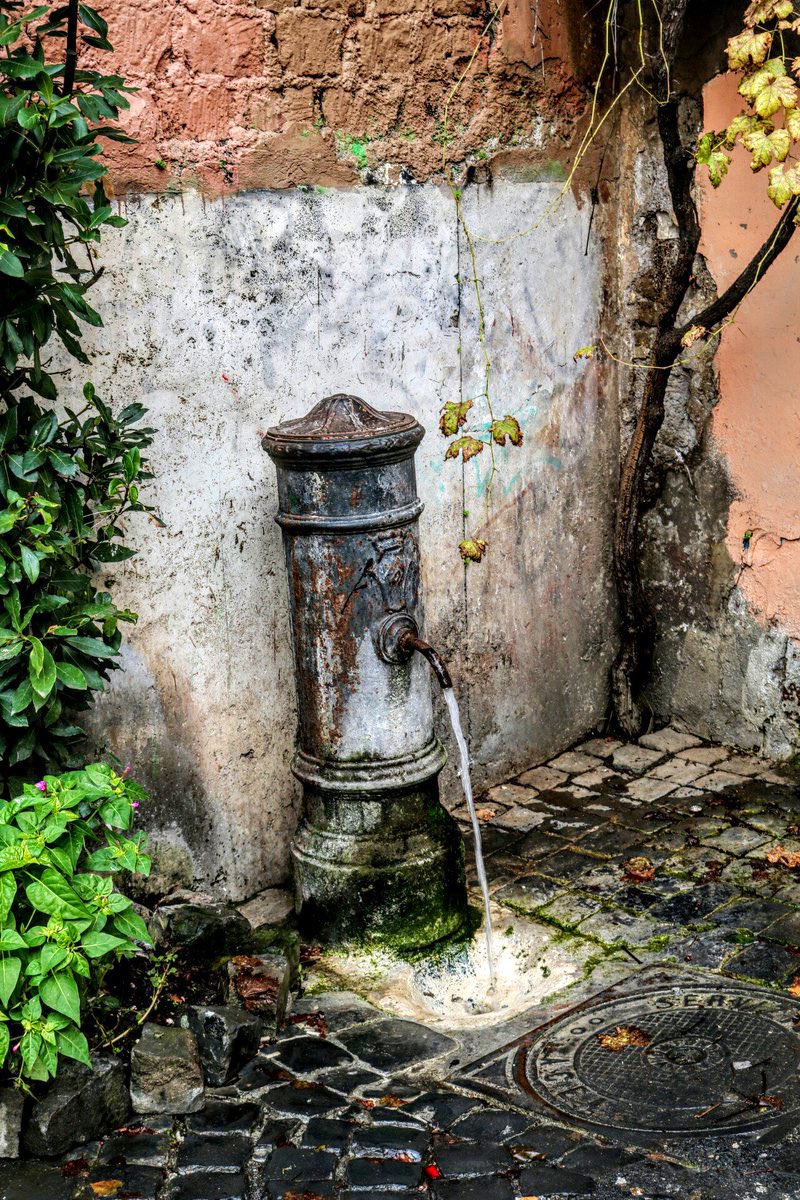


• • •
Missing some Tweet in this thread? You can try to
force a refresh

